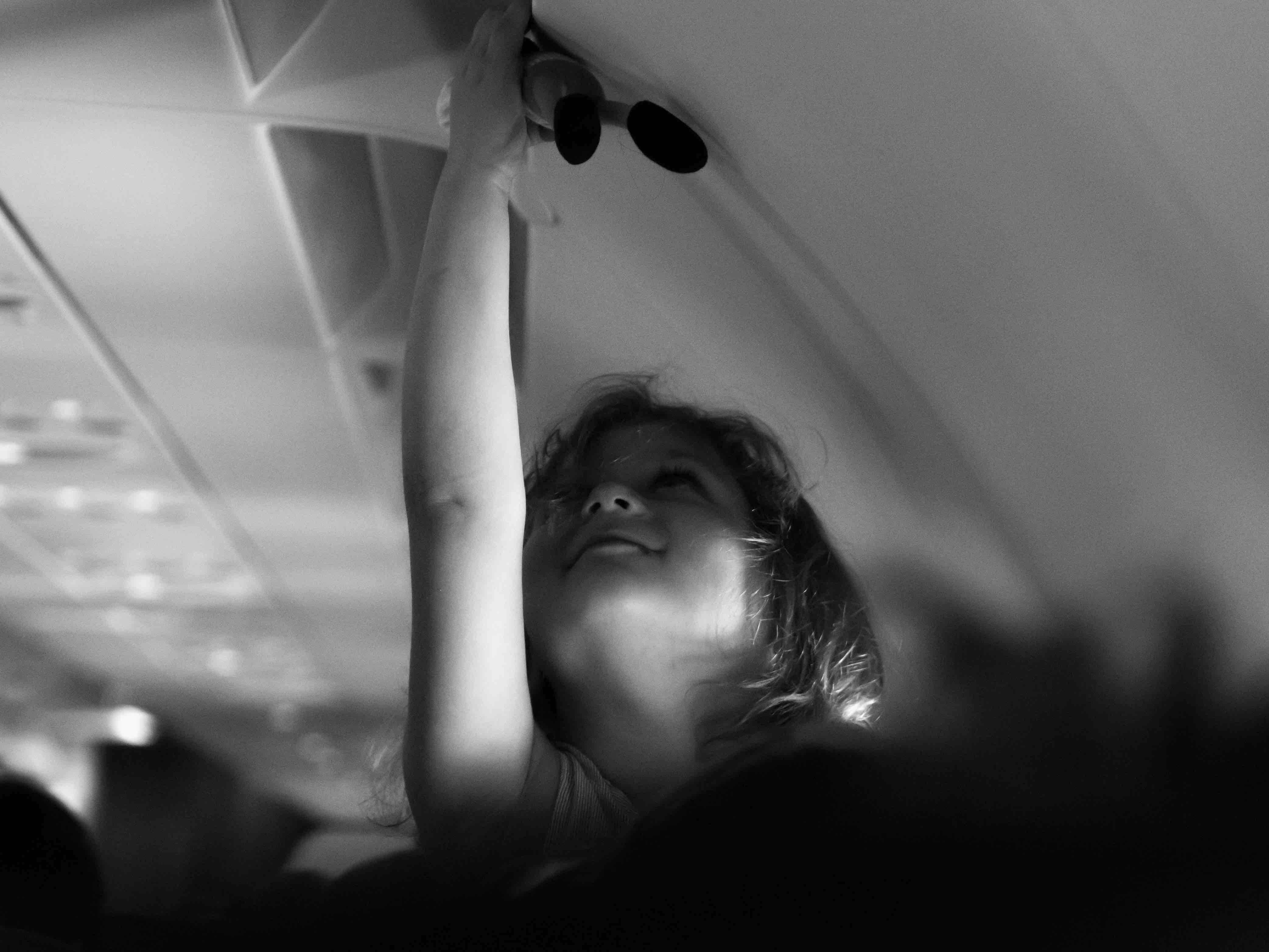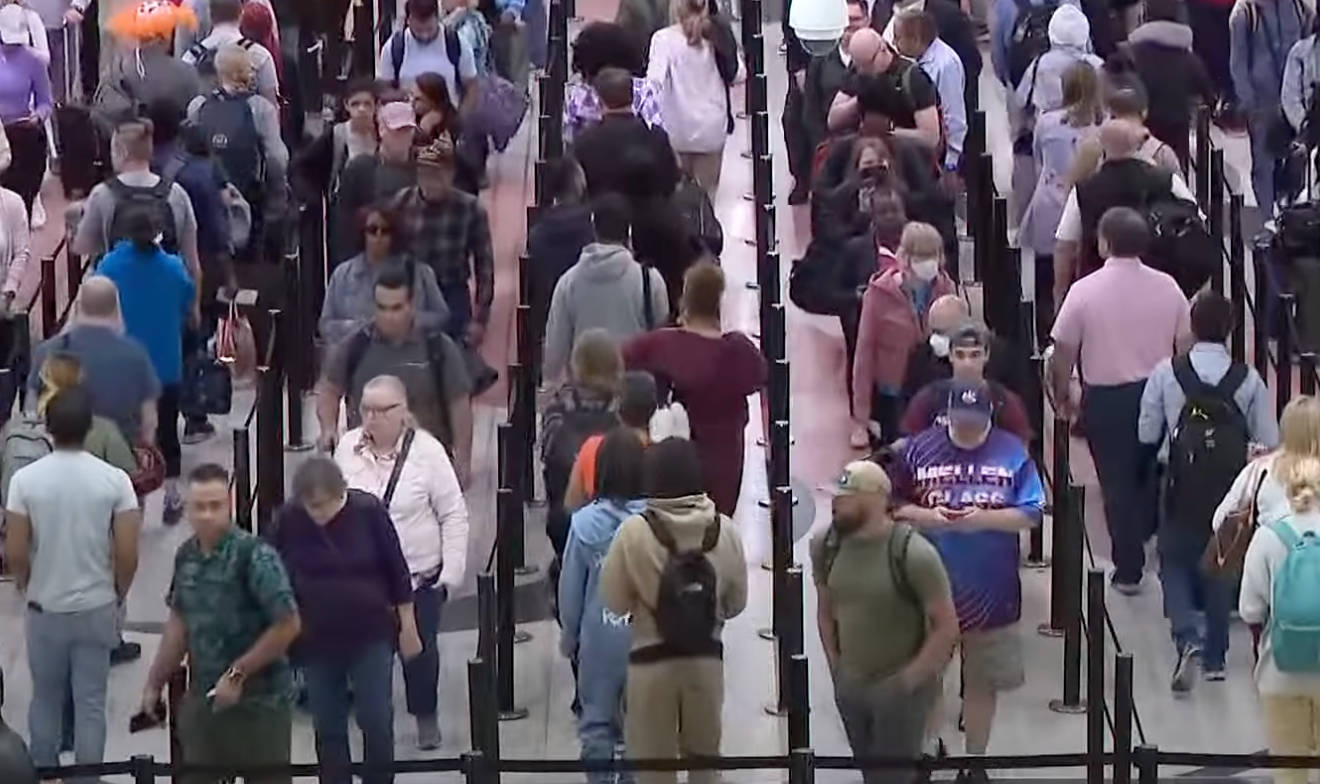Dealing with Airport Security Wait-times: Tips and Insights
When it comes to air travel, one of the most dreaded aspects for many passengers (and one of my only issues with air travel) is going through security screening at the airport. Long lines and wait times can be frustrating and stressful, especially if you're trying to catch a connecting flight or have limited time before boarding. This guide provides valuable information and tips to help you navigate airport security more smoothly.
Understanding Security Wait Times
From my experience, security wait times at airports can vary widely. Peak travel periods, like holidays and weekends, typically see longer wait times due to increased passenger volumes. Additionally, security alerts and heightened measures can cause delays. To avoid unexpected waits, I always check wait times before heading to the airport. Websites and apps from the DHS and TSA provide real-time updates and user-reported data. This really helps me plan my arrival and reduces my stress levels considerably.
Common Causes of Long Lines
There are several reasons for long security lines at airports. High passenger volumes during holidays and peak travel seasons are a primary cause. I remember one Christmas season when the lines seemed endless despite my early arrival. Heightened security measures following incidents or threats can also result in more thorough screenings, further extending wait times. Inefficiencies in the screening process, such as equipment malfunctions or insufficient staffing, are other factors. Being aware of these issues and preparing accordingly can help mitigate some of the frustration. I always try to arrive early, especially during peak times, and make sure my documents and belongings are ready. And another thing I look for as I approach the security lanes are families with kids. We love the little creatures but they sure can slow things down. That said, many airports have family sections which provide them more space while the rest of us can try to breeze through.
How Security Screening is Managed Worldwide
Security screening procedures vary by region. In the United States, the Transportation Security Administration (TSA) manages airport security with standardized protocols across all airports. In Europe, each member state of the European Union manages its own airport security according to EU regulations, with cooperation and shared standards among countries (but its far from being uniform). Understanding these regional differences can help set expectations for international travelers. For instance, while TSA procedures are consistent across the U.S., you might encounter different practices and levels of stringency when traveling through European airports.
Technologies Enhancing the Screening Process
Advancements in technology have significantly improved the efficiency of the security screening process, even it it seems as slow as molasses rolling out the newest inovations. Advanced X-ray scanners are capable of quickly detecting prohibited items in baggage, reducing the need for manual inspections. Automated screening lanes use technology to handle bins and divestment, allowing for a more efficient flow of passengers. Trusted Traveler programs like TSA PreCheck and Global Entry offer expedited screening for pre-approved passengers, greatly reducing wait times for frequent travelers. These technologies not only enhance security but also make the screening process faster and less cumbersome for passengers.
Innovations Shaping the Future of Airport Security
The future of airport security is being shaped by innovative technologies aimed at enhancing both efficiency and effectiveness. One really interesting area is Biometric authentication, such as facial recognition, which is being implemented (albiet slowly) to streamline passenger verification. This technology not only speeds up the process but also adds an additional layer of security. For example, airports like Hartsfield–Jackson Atlanta International and Dallas–Fort Worth International are already participating in TSA’s biometric pilot program. Additionally, next-generation explosives trace detection systems and IoT sensors are being developed to further enhance security measures. Lets see how this all comes together (fingers crossed!)
Tips for Checking and Reducing Wait Times
To avoid surprises at the airport, I always check the security wait time before a trip. Many airports provide real-time updates on their websites or through mobile apps (BTW so does iFly.com...just hit the Wait Times button above and you'll be prompted to enter the airport and voila, you'll get a good idea of how things look when you need to be at the airport). Additionally, third-party websites and apps, such as MyTSA and Border Wait Time, aggregate data from various sources to provide comprehensive information on security wait times at different airports around the world. Arriving early, choosing off-peak travel times, and preparing your documents and belongings in advance can further help reduce wait times.
VIDEO:For detailed information about specific airports' wait times, parking options, or amenities available, visit iFly for comprehensive guides to help you prepare for your journey.
FAQ: Airport Security Wait-times
Find more help here for your journey through the airport



